[vc_row css=”.vc_custom_1599147362194{padding-top: 25px !important;}”][vc_column][vc_column_text]
Executive Coach and Architect David Bradley
[/vc_column_text][vc_column_text css=”.vc_custom_1599149852637{padding-top: 30px !important;padding-bottom: 30px !important;}”]David is an executive coach and a licensed architect. He has had the honor of coaching with teams across North America including Chicago, Seattle, San Diego, Washington, DC and Victoria, British Colombia.
David combines 20 years of passion, commitment and leadership in the field of architecture with his world-class training as a coach to empower design professionals to reclaim their possibility, creativity, and impact in the profession they love and are whole-heartedly committed to.
Website: https://blueprintforliving.coach
Facebook: https://www.facebook.com/Blueprint-For-Living-Coaching-336659150277984/
Twitter: https://twitter.com/DavidBlueprint1
LinkedIn: https://www.linkedin.com/in/davidlewisbradley/
Youtube: https://www.youtube.com/channel/UC5ImxHPGNJrjpoZIrFkm4DQ?view_as=subscriber
__________________________
Are you spending hours looking for the perfect picture to post on social media? Imagine what it will feel like when you’re finally able to spend less time on social media. NOW for only $67 a month you’ll be able to transform your business and show up consistently in the online space. ===>>>http://outliermarketinggroup.clickfunnels.com/sales-page-226953701594125950235[/vc_column_text][vc_raw_html css=”.vc_custom_1599147141127{padding-top: 25px !important;padding-bottom: 25px !important;}”]JTNDaWZyYW1lJTIwc3R5bGUlM0QlMjJib3JkZXIlM0ElMjBub25lJTIyJTIwc3JjJTNEJTIyJTJGJTJGaHRtbDUtcGxheWVyLmxpYnN5bi5jb20lMkZlbWJlZCUyRmVwaXNvZGUlMkZpZCUyRjE1ODcxMTA2JTJGaGVpZ2h0JTJGOTAlMkZ0aGVtZSUyRmN1c3RvbSUyRnRodW1ibmFpbCUyRnllcyUyRmRpcmVjdGlvbiUyRmZvcndhcmQlMkZyZW5kZXItcGxheWxpc3QlMkZubyUyRmN1c3RvbS1jb2xvciUyRjAwMDAwMCUyRiUyMiUyMGhlaWdodCUzRCUyMjkwJTIyJTIwd2lkdGglM0QlMjIxMDAlMjUlMjIlMjBzY3JvbGxpbmclM0QlMjJubyUyMiUyMCUyMGFsbG93ZnVsbHNjcmVlbiUyMHdlYmtpdGFsbG93ZnVsbHNjcmVlbiUyMG1vemFsbG93ZnVsbHNjcmVlbiUyMG9hbGxvd2Z1bGxzY3JlZW4lMjBtc2FsbG93ZnVsbHNjcmVlbiUzRSUzQyUyRmlmcmFtZSUzRQ==[/vc_raw_html][vc_row_inner css=”.vc_custom_1592488621938{padding-bottom: 25px !important;}”][vc_column_inner width=”1/4″][/vc_column_inner][vc_column_inner width=”1/4″][vc_single_image image=”22786″ img_size=”125×46″ onclick=”custom_link” img_link_target=”_blank” link=”https://itunes.apple.com/us/podcast/omg-radio-with-jamie-palmer/id1371053890″][/vc_column_inner][vc_column_inner width=”1/4″][vc_column_text] [/vc_column_text][/vc_column_inner][vc_column_inner width=”1/4″][/vc_column_inner][/vc_row_inner][/vc_column][/vc_row][vc_row][vc_column][vc_column_text]
[/vc_column_text][/vc_column_inner][vc_column_inner width=”1/4″][/vc_column_inner][/vc_row_inner][/vc_column][/vc_row][vc_row][vc_column][vc_column_text]
Jamie: Hey everyone. It’s Jamie Palmer here, and I am super excited because I am with David Bradley today. David, welcome to the show.
David: Thank you, Jamie. I’m glad to be here.
Jamie: I’m so excited to have you be here. So why don’t you tell our listeners a little bit about yourself and what you do?
David: Absolutely. Um, I am a licensed architects living in Chicago, Illinois, and I’m also an executive coach. I started off as an architect over the years. I got trained as a coach and my job right now is I coach design professionals, specifically architects in leadership, growing their businesses and showing up powerfully in life.
Jamie: That is so cool. I love your, how you bridge those two things together because I just think that the design industry and architecture are the people in that they don’t have that specific support and it’s so desperately needed. And I think it’s something that because you owned your own firm and were in architecture and are in architecture, you have that credibility and understand those struggles that they face.
David: Absolutely. I just had a conversation with someone recently, who is a designer and if the conversation wasn’t even about coaching, but at the end of it, she said, Hey, tell me more about your practice. Cause I’ve worked with coaches before, but none of them understood my industry. So it does give me street cred. Uh, I’ve stood in their shoes. I understand what they’re going through and what their challenges and their trials and tribulations are. And I absolutely love what I do because I get to see people bust through their barriers and really blossom. And it’s just so rewarding.
Jamie: Yeah, it sounds super cool. And we’ve been working together for quite some time and it’s amazing to see how you work with people and how you bring this to life and how you support people so much with being like more of themselves and more effective at work and just being a better leader. And so thank you for being like such an amazing coach. I, we need more amazing coaches.
David: Thank you. I agree. There’s room for everybody. So we’re interested in coaching talk tonight.
Jamie: Yeah, for sure. So when we were chatting right before this interview started, one of the things that you brought up that you wanted to talk about is your project design process, which you shared with me. I think when we first started working together and you brought it up multiple times. So tell me what is a project design process for somebody who is not in architecture?
David: Absolutely. So the thing about coaching is that coaching is very goal oriented and the project design process is something it’s a tool that you can use to actually get yourself from point a to point B powerfully without a project in place. Without those goals set in place. Coaching really is just a really nice conversation, but the power of coaching happens when you’re working within a structure that allows you to take a look at milestones and to map out your plan, to get to where you want to go. The project design process that I was trained with through accomplishment coaching, which is based out of San Diego is an eight step process. Some people might know it as back casting. They call it project design from the future. But the basic idea is that you visualize yourself having achieved the goal. You put yourself out in a visualized future and then map yourself backwards to where you are now.
And the reason for doing something like that is when we set goals. Oftentimes one of the things that gets in the way is we start from what we know. So if you’ve ever been in one of those situations, right, where you, you see a goal in the future, you see where you want to go, but immediately all of the objections come up. All of the constraints, the circumstances, I don’t have the money, I don’t have the time. I don’t have the resources starting from what you know is actually a barrier to getting to where you want to go. So by working yourself backwards from that visualized future goal, you’re busting through the existing circumstances that are holding you back because you’re just working from what you’ve already created in the future. So an example I can tell you, it’s something that I’ve used over the last several years when working both with my clients and working with my own coach.
I had an example where I was living in California and discovered that I was going to be moving back to Chicago and the circumstances around it, where I had a relationship that ended and found myself sort of floating aimlessly. Like where the heck am I going to go? And I decided I was going to head back to Chicago and my coach asked feed straight up. So how are we going to make this not be the woe is me tour? And I thought, you know, that’s a really great question because easily on the, on the tails of ending a relationship, you know, and so painful experience. And yeah, I could have hopped in my car and just been listening to a really sad mixed table for miles coming back to Chicago. So I took that as advice and I told them, we’re going to, we’re going to create a project around this.
And I called it my road trip project. And I decided that the goal was going to be for me to arrive in Chicago one month later, having spent no more than a thousand bucks now, a month road trip across the country for a thousand dollars. Sounds absolutely insane because you’ve got food and gas and hotels and all of the expenses that would go into a long trip like that. But I set that as my goal and then started working myself backwards. So what’s it look like arriving in Chicago, having spent a thousand dollars, okay. What’s what has to happen just prior to that and what has to happen just prior to that and working yourself back. I actually worked out what the milestones could be. And then you start, you abandon all of those who set them aside and all you have to focus on is the very next step.
So another thing that often stops people in creating their possibility is they set this really huge goal for themselves. And it’s so daunting that you get paralyzed, right? You just don’t even know where to start. So part of this process breaks it down so that all you have to focus on is the very next thing that’s sitting right in front of you. For me, in that particular case, it was, I need to figure out housing and do it really on the cheap. I started looking at all of my resources, which is another part of the process is to take a look at your resources and your skills skills would be those things that you bring to the table. So for me, you know me, well, it’s an Excel spreadsheet, definitely right? Gallons are also anything that you could bring into the process. And sometimes even things that you wouldn’t even think would be relevant.
So an example, I actually keep my skills listed in a, what I call a living word document. And as they crop up in my mind, I go add them to my skills list. So I have this running list of things that I can bring to my projects and I can go in and cherry pick. So one it’s, one of my skills is I love to sing and it may sound kind of silly, but singing could be brought into that project as a way to keep yourself entertained in the long boring stretches of, of the road, for example, right. It’s not something that an intuitively you’d be like, Oh, singing’s going to get me across the country. It actually became really useful.
Jamie: I love that. Cause I didn’t know that about you.
David: Oh yeah. Oh yeah. I’ve been a baritone tenor for most of my life, except it’s always changed.
Jamie: I might have to put you on the spot in one of our calls later.
David: Well, the thing is this too is with this once, once you set with the next milestone, which for me was determined housing, then you get to start being creative. Then you start to look at your resources. And what I realized was I had acquaintances in many of the cities that I would be visiting along the way. And in those areas where I didn’t have acquaintances, I thought, okay, well, let’s start with, first of all, finding hotels, what’s it going to cost? That was pushing me over my thousand dollar budget. And then it dawned on me, I’ve actually acted as a host to do couch surfing. And I had signed up years ago to do couch surfing.com as a host, where if people don’t know about it, it’s a place where travelers can come and actually just crash on your couch or in your spare bedroom.
Um, there’s no fee for doing so it’s a community based community building enterprise. And I thought, you know, I’ve hosted other couch surfers before in my place. It’s time to pay that forward. So I signed up with couch surfing and started reaching out to people in those cities where I didn’t know anybody and wanted to reduce my costs. I also turned this whole thing instead of the woe is me. Road trip is I turned it into a business opportunity and contacted, um, AIA chapters, the American Institute of architects of which I’m a member and where I have a really big network and started setting up meetup groups and meetings with these AIA chapters in the cities, along my path. So I could network with other architects and make connections in the end. I did it for a month. I had five meetups in various cities.
I crossed the entire North part of the country in the middle of winter, dodging blizzards in my little Fiat singing when I was bored and staying on in people’s guests forums. Along the way I met a British couple ex-pats in Madison, Wisconsin. I met a park service ranger in billings Montana. I met a chemical engineer in Bismark, North Dakota. I stayed with a ukulele player for several bands in Missoula, Montana, and I got to see several friends of mine along the way who both supported me with relationship breakup and got me moving towards my goal of getting home. I pulled into Chicago having spent just over a thousand dollars in a month. So the power of project design, uh, Oh, the one other thing I forgot to share is also rewarding yourself for those milestones along the way as you hit the, uh, I did not do that as consistently as I would have liked in that particular case. But I have been doing that most recently with my most recent project, which has been a health and fitness project after a year and a half of being back in Chicago, COVID-19 pandemic shut in and the house and over the winters and everything, I’d gained a lot of weight. And I was really unhappy. And beginning of July, I created a health and fitness project, not only to lose weight, but also to shift my relationship to food and cooking and being healthy. I’ve been there before. Things had just slipped
Jamie: In fairness to you, right? You had a crazy different year plans than what you’re doing right now. So, um, for those of you who are listening, David was basically supposed to be traveling the world,
David: Traveling the entire globe for a year.
Jamie: Right, right. So slightly different than what you had planned.
David: Yeah. And I love you mentioned that because actually I spent January through March in Lisbon Portugal, and that was another project that I designed for myself. Same thing. I visualized myself being in Lisbon because I didn’t want to spend the winters in Chicago and, uh, put together a project with similar milestones and similar rewards along the way, working with my resources. And I ended up spending, spending three months in beautiful Lisbon got called back because of COVID-19 and, uh, was back here and then started this health and fitness project. Long story short I’m on track. I’ve lost 20 pounds so far in two of them. Yeah. Really fantastic. Thank you. Yeah, no, and I feel great. My heart rate, my resting heart rate has dropped. I’m exercising more I’m cooking meals. And when possible, sharing them with friends, like I’ve completely shifted my entire being around food. And I’m about a third of the way to my weight goal, which if things keep going the way they will, I’ll hit done on my birthday. So I’m super excited. But the thing I wanted to share with people is this product design is really a powerful, powerful tool for generating results. If you don’t have the goal in mind, if you don’t have the milestones in place, it’s really difficult to measure progress. There really isn’t an opportunity for coaching or getting support. And the structure alone is something that keeps you accountable. Yeah. So,
Jamie: Yeah, I love that. And so that’s, I imagine too, that that probably also incorporate some of your architecture skills, um, and marries them together in a way that helps you make progress, right? Because that’s your formal training is like, here’s the vision for the end? What are all the steps that you need to do to get there? So that, that must’ve just like clicked with you. And that’s why that, that I feel like that’s such a cool tool that you are utilizing not only in your, your own life, but in the lives of your clients.
David: I love the comparison because it very much is about creating the vision, but then you can’t, you can’t create the vision. You can’t create that building without having a solid foundation first. Right? So that’s your first milestone. Then you’ve got to put the frame, the frame structure up. Then you’ve got to get all of the mechanicals and the plumbing and everything else, all of the interior workings of the house put in, then you put up the finishes, it’s a real process to get you to the final vision. You can’t simply just throw up the vision. There’s no way that you can create that house without going through all of those steps. I’m doing something similar right now in my business. Uh, two projects that I have working right now is one is I’m creating a program for my client base, which is called design your design firm.
And it’s very much based on this project design process in supporting architects who want to go out on their own, who want to hang out their shingle and start their own business to visualize, to go through the steps. So the very first step in that course is going to be spending a significant amount of time, really getting clear on the vision. What is it that you’re doing? Why are you doing it? What’s the experience that you want to have when you get to that goal where you’ve created your own business. And then from that place starting to work backwards to what’s the very next thing that you need to focus on. For most people, it’s going to be putting together the nuts and bolts and starting to build a following and starting to build a brand and then starting to pull in clients and figure out exactly who you want to work with. There’s going to be, the course is going to be a year long and with limited participation. So that it’s very intimate. There’s going to be a lot of coaching along the way. I’m going to be bringing in specialists and people to give presentations. Obviously it’s all going to be online, but I’m really excited about this. And the only way that I’m creating this course is by creating a project of my own to make it happen.
Jamie: Yeah. And I love that you say that because I think that there’s a lot of ways in which you could use this in your business, in your life, in all areas that you have a goal that you want to, but aren’t sure how to get there.
David: Anything that you can imagine. I’m volunteering right now with an organization called link foundation based out of Vancouver. And it’s a group right now of 26, Molen tears from six continents around the globe, all coming together, virtually to design and fund the building of a high school Academy in Kampala, Uganda. We have, um, a fundraising effort underway right now. And I’ve made a really big declaration that I’m going to raise $10,000 to support this effort by September 30th. Well, no, as we record this right now, it’s, I’ve got about a month to go. And I realized the other day and working with my coach, we talked about it. And I said, you know, I’m feeling pretty stuck because I’ve raised about 400 bucks and nowhere near than $10,000. And in speaking with him and working through where I was getting stuck, I just realized I don’t have a project set up for this.
So there was no structure. There’s no accountability. I didn’t until yesterday didn’t even really have a clear vision of where I wanted to get to. Yes, I had the number, but it’s not just about the number. It’s about the experience I want to create in my life of waking up October 1st, having raised $10,000, what is that going to be like for me? What kind of a breakthrough would that be for me to achieve that? And so having that visual, I can then start to, when I get really clear on the future vision, I can start to connect with it. I can start to map it backwards and well, what’s the thing that I need to take on what are the structures that I need to put into place and how am I actually going to gradually, but inexorably get to that $10,000 once the structure’s in place, then the coaching happens because I can talk to my coach.
And every time I do every week we check in and my coach is going to say, so how do you do on hitting your milestone? Not from a place of you did great or you did badly, right? It’s not a blame thing. It’s just a check in point so that he can support me and say, okay, did you hit it? Awesome. How are you going to reward yourself for hitting your milestone or okay, you didn’t hit your goal. Let’s take a look. What’s the thing to put into place to, to change that result. What’s the support that you need. Do you need more accountability? Are your resources sufficient? So the project design process really gives you this incredibly robust structure to achieve what it is that you really want to do. And I’m lucky enough to have practiced enough with it and taken it on enough times that I’m a walking example of this stuff really works.
Jamie: Yeah. I love that. So I have a question. I think what comes up for me when you say this is, well, why don’t I just do this for every single area of my life and have a project, a design process for every single place that I want to have a goal. Do you recommend that? Do you not recommend that? Like, is there too many times where you could have a project design process in place where you’re just like overwhelmed? What are your thoughts on that?
David: That’s a brilliant question. The, the answer is both all well. And the reason I say that is first of all, I tend to be very a type, take it on and do too much. So it was, it’s really easy for someone like me to go say, well, I’m going to create a project everywhere and completely overwhelmed themselves. I’ve discovered I kind of had to back off because I had projects around everything and I was exhausted and I was not being effective at any of them. What I did was I backed up and said, you know what, I’m going to start by simply creating a project that’s achievable that is measurable, like using all of the smart criteria, the specific, measurable, achievable, relevant, and time bound. So creating something that was smaller and really focus on that one thing. And in all honesty, the one that was the most successful to start me off was that road trip.
That’s probably the first time after years of practice that I really truly took on project design, wholeheartedly single-mindedly and made it work. I tried it in years past, and I had gotten okay results, but I wasn’t a hundred percent invested or I was not following it. Um, the way I probably should have. So starting with one and seeing the result and getting somewhere with it and actually getting the power of it. What I do, however, with my clients is typically they’ll come to me with one issue. Like I want to get a promotion, or I want to open my own firm, or I want to change firms. It’s usually a professional career issue and we’ll create a project around that. And that’s the main focus, but I also encourage people to create to the level that they’re comfortable, two, three, or even four projects in areas of their lives that they really want to move something forward.
The, for doing that is that part of the coaching process with this project design is distinguishing what’s in the way of delivering really breakthrough results. And I guarantee you, because we don’t exist in just a business silo. If you can distinguish something about who you are in a relationship, for example, I guarantee you that stuff is showing up in your business, or if you’re not taking care of your wellbeing and you distinguish what’s going on, what’s stopping you there. I guarantee you that’s showing up in your business and your relationship. So then the cross fertilization that happens with having a few projects in the hand is super powerful because it’s almost magnifies the possibility of the results. So start with one, get it down, figure it out, see what works for you. You might have to jiggy things around a little bit. Yeah. Or, and then consider branching out a little bit. I think people who probably have, you know, more than four projects are probably, it’s, it’s more than likely a setup to fail is it’s overwhelming. And it’s a little too much. And a couple,
Jamie: Yeah. I almost, I’m listening to you and it’s almost like a trickle down effect. So if this is like your business goal, what are the other areas of your life where you need to create a project to support said business goal, right? So health, well, whatever that is, and that’s super cool.
David: All of them support each other. I mean, we’re holistic beings, right? It’s not automatons that we get up and we just simply focus on business. We’ve got partners and kids and pets and family, and all sorts of other things beyond ourselves that, uh, tying in with it. And it’s part of, what’s beautiful about just being human is we have so many aspects that play off each other.
Jamie: Yeah. So thank you for sharing that. I have another question about that. So I’ve worked with a lot of different coaches in my almost 17 years in business. And almost every coach I’ve ever worked with has an opinion on whether or not you should set like a really big stretch goal or something that’s more realistic. Right? So for me, I have a multi six figure business and I’ve worked with coaches that are like, well, you know, you eventually want to build a two or $3 million a year business. Do you set that as the goal for the year? Or do you set something that say a hundred thousand dollars more than you did last year? So I’d love to know what’s your thought on realistic versus really big stretch goals
David: I think what I wanted to, how I wanted to frame my response. I’m a dreamer. I love thinking really big. I think there’s a sweet spot. That’s unique to each person that exists outside just outside their comfort zone. So my response would probably be, you know, there’s you, you mentioned realistic. I also think in terms of what’s probable and what’s possible, and a lot of people play in probability, this group that I’m doing the volunteer working with, we’ve asked people to kind of declare what are they going to raise? And the declaration is just drawing a line in the sand, right? This is, this is where I’m going to play. And I have been absolutely flabbergasted at the small game that these people are playing. I mean, really these powerhouses yeah. Massive networks. And they’re saying, well, I’m going to raise a thousand dollars.
And I think that’s, you know, 3000 people, you could ask them each to give 30 cents and you’d be done, right. It’s tiddlywinks. Right. So there’s, but there is a place. And what I often tell my clients is, as we set goals, we take a look at, is it, is it realistic? You know, if somebody, if I were to say, I want to walk on the moon next year, you know, okay. That’s really, really not realistic, but there’s a way of sort of testing with people. And with my clients, I oftentimes have them declare something and then just ask them, how’s that make you feel? And if they say I’m both exhilarated and terrified, I’m like, that’s exactly where we want to play. As the exhilaration is the thing that really pulls you forward. And the terror is the place where we get to work on the breakthrough.
It’s that place stepping right over the border of their comfort zone. That’s the place to play because you’re, and it’s usually not incremental. It’s not something that’s just barely over the it’s it’s sort of taking a bold leap. Yeah. There’s faith involved. There’s trust there’s confidence, but those are all the things that I coached him. Yeah. When I talk to people, oftentimes, and I’m thinking right now about this design, your design firm course, I’m going to be reaching out to people and saying, what do you want? And then what is it that needs to happen to get you there? And if the person, well, I kind of wanted to have a design firm. Awesome. Is it possible? Is it probable? You know, we start to, we start to flesh it out and take a look at what’s the thing that’s going to thrill them and scare them. And yet they still can see the possibility of it. Yeah. I don’t know if that answers your question, but it’s, it’s so unique to each individual. And I really think it’s the, the key is to connect to the person’s heart space and actually clue in, you have to listen really carefully as to whether it’s something that they see as possible, or if they’re pie in the sky and the thing that draws them forward. Yeah.
Jamie: Yeah. I love that. Cause I think that I agree with you. Cause I think that there’s always like this sweet spot where it’s just like, you’re getting just uncomfortable enough, but it’s also going to move you forward. And so I love that you say that because I don’t necessarily believe in the massive stretch goals cause you’re behind, before you’ve even started. And then the ones that don’t really push you out of your comfort zone, you’re like, I’m not even going to try for that. So it’s that place kind of in the middle where you find that, that strength, that you didn’t know that you had to move,
David: The stretch goals are, um, they can be immediately disempowered because the person’s not connected to the possibility of them. When I declared, I would raise $10,000 for this volunteer organization. I tested myself, I’ve raised five grand before, um, 7,070 500. Like I started playing around with what’s the thing that makes me kind of go, Oh, I don’t know how to do that. And that’s the other thing, if you’re, if you’re declaring goals from what you know, you’re not playing a big enough game at all. I think there’s, you know, because that’s just probable, when people say, if somebody said I’m going to get a thousand dollar raise next year, that’s probable likely for many people. Right. But if they said, you know, I’m going to, I don’t know what the next thing would be, but it’s you keep testing it to see where’s the, where are you so invested that it’s going to challenge you and the two out when working with you, when you suggested that I start a podcast, Holy crap.
I was like, I know no that’s not going to happen. I’m not comfortable doing that. But as I got more comfortable with thinking about it and realizing the impact it could have on my business and on the architecture community in general, um, I started to see the possibility of it. And boy has that been uncomfortable? The architects possibility podcast is now out there and I’ve expanded my comfort zone to include it in a way that, uh, I never thought would happen. And hopefully it’s having an impact, but I’m enjoying myself way outside of what was my comfort zone,
Jamie: When congratulations for doing that, that’s a huge leap. And so David, um, tell our listeners how they can get in touch with you. We’re going to put all the links, but for those people who are listening, how can they reach you? Like on social media website, all that sort of stuff.
David: Sure. Oh my gosh. I definitely by my websites. So it’s www.blueprintforliving.coach. That’s really one of the best places to find me. I’m also on linked in as David Lewis, Bradley L E WIS and also on Facebook blueprint for living coaching. And also as my personal and I’m working on Instagram and Twitter, those are kind of on the outer edges of things, but I also do have a YouTube channel under blueprint for living coaching. So yeah, please check it out. The podcast links around my website and I appreciate any, and all downloads feeds, likes whatever. And honestly, if any of your listeners, if you know of an architect or a design professional who is stuck or who is thriving, it doesn’t really matter, but I would welcome any conversation with them.
Jamie: David, thank you so much for joining me on the show. This has been so much fun.
David: Thanks Jamie. Have a great night. We’ll talk to you soon.
[/vc_column_text][/vc_column][/vc_row]
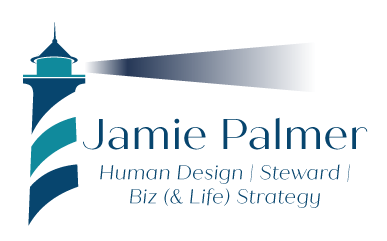
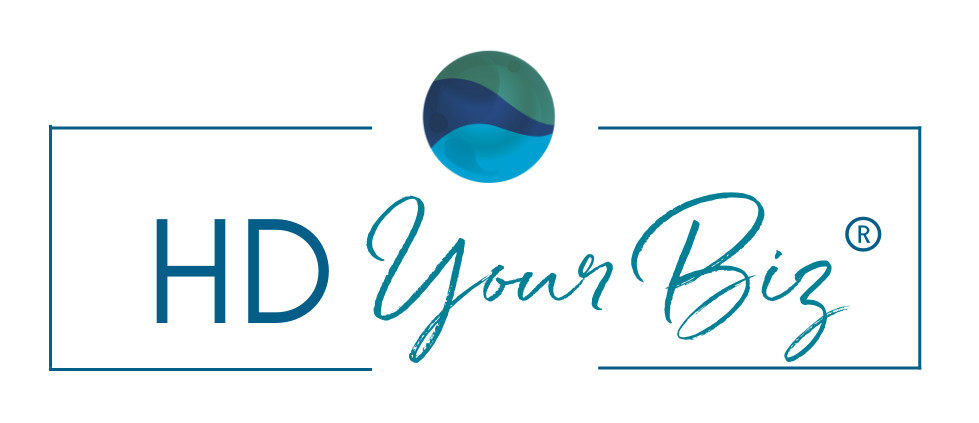
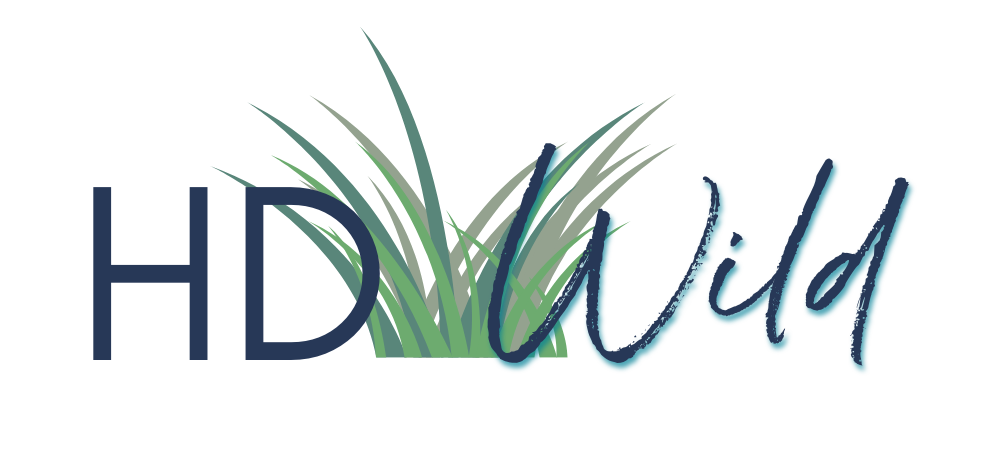

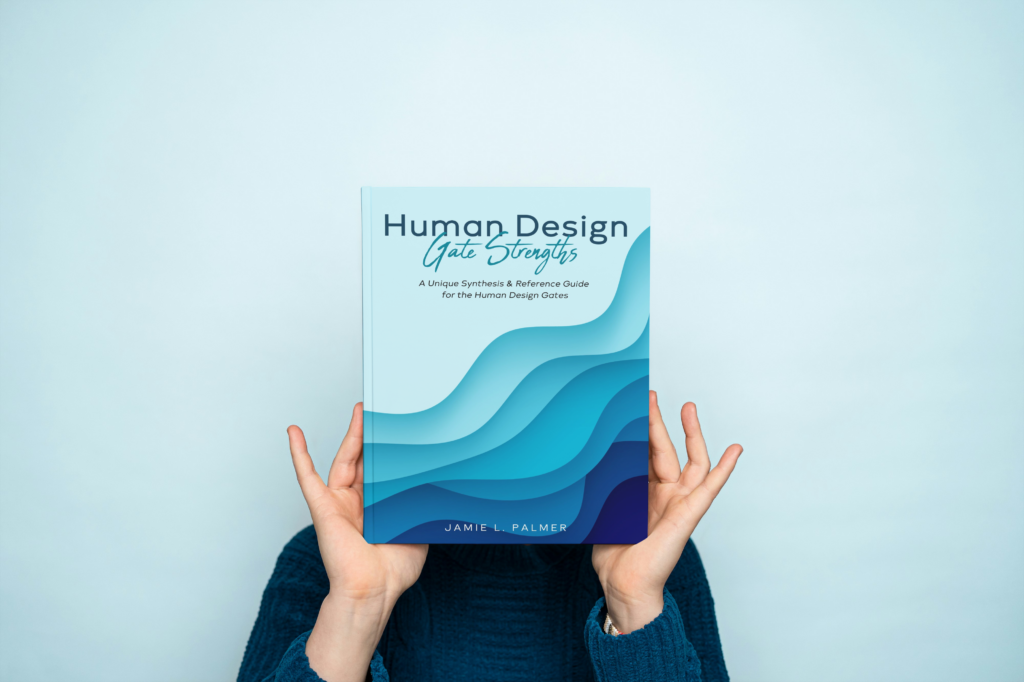

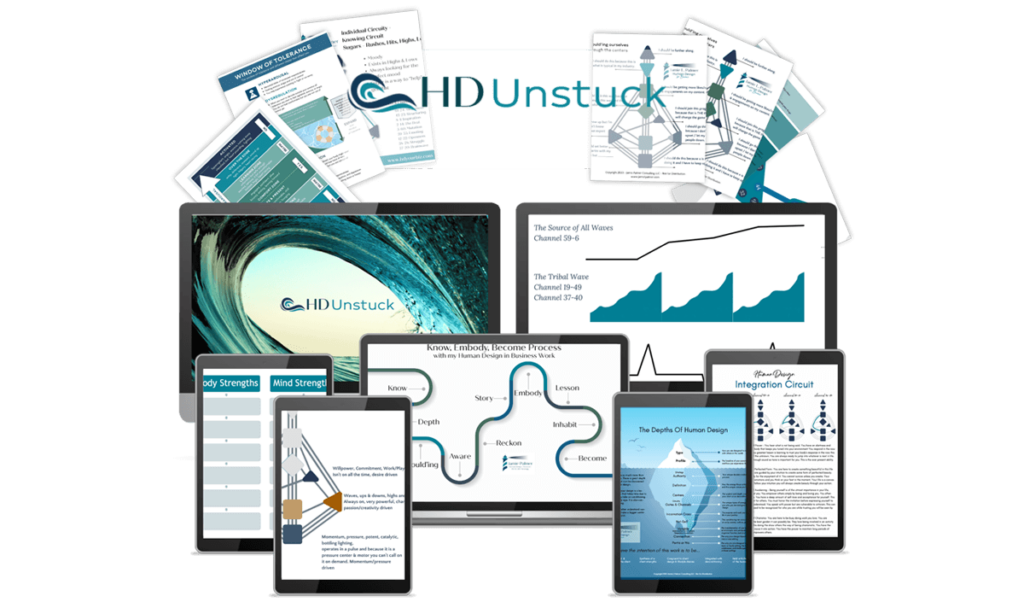
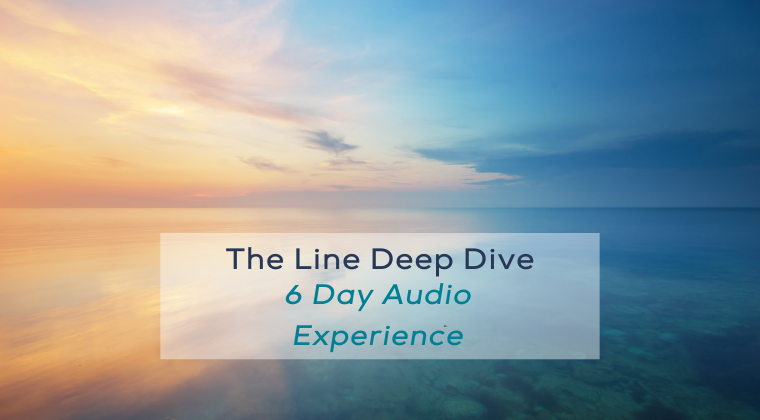
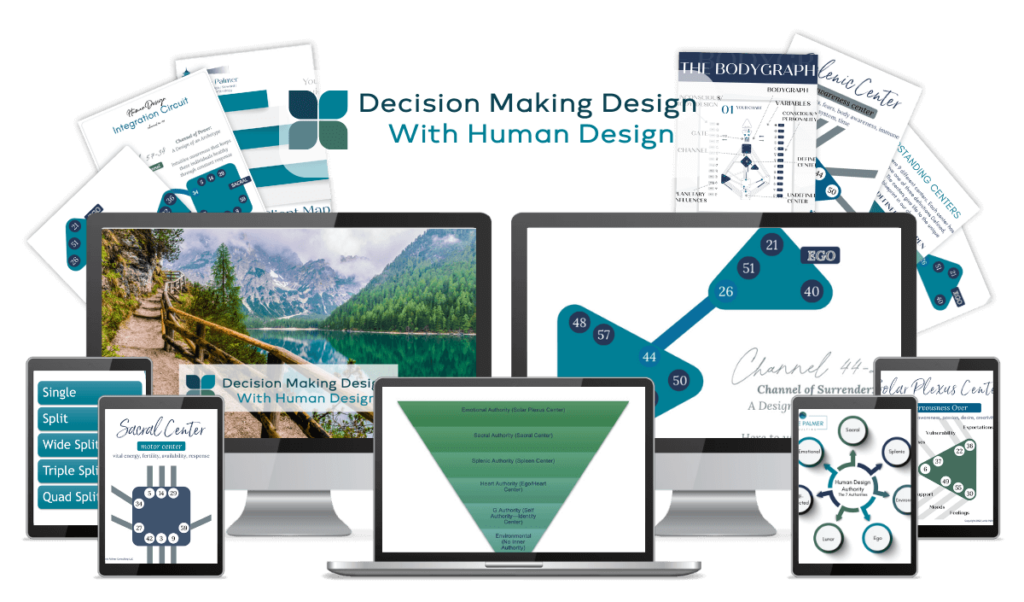
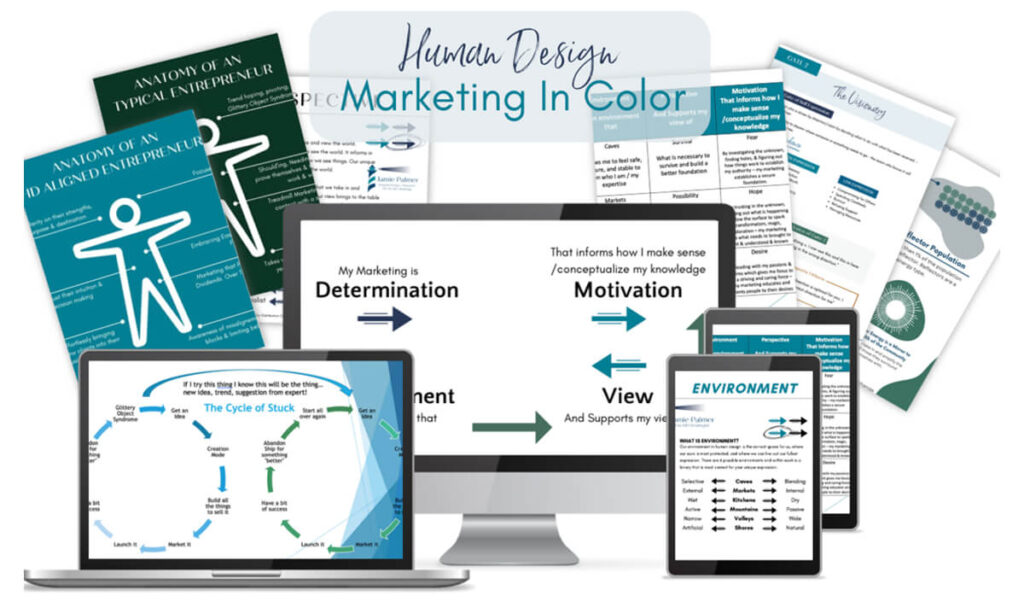
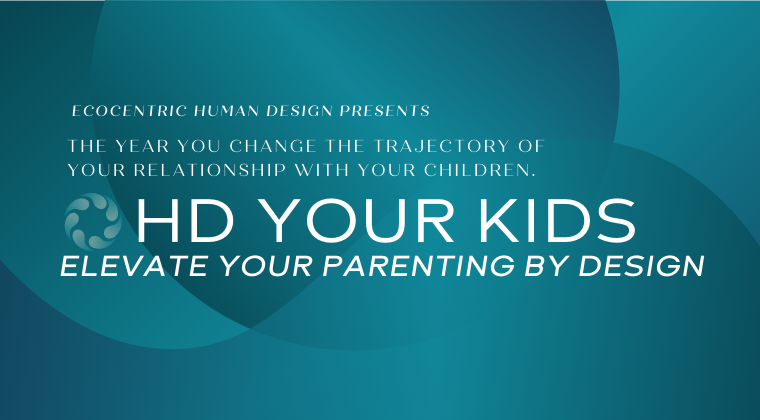
Recent Comments